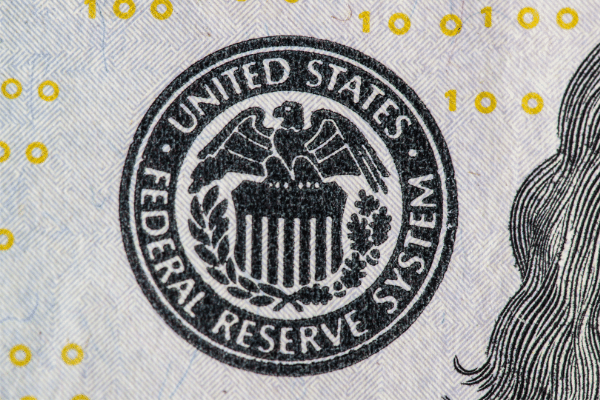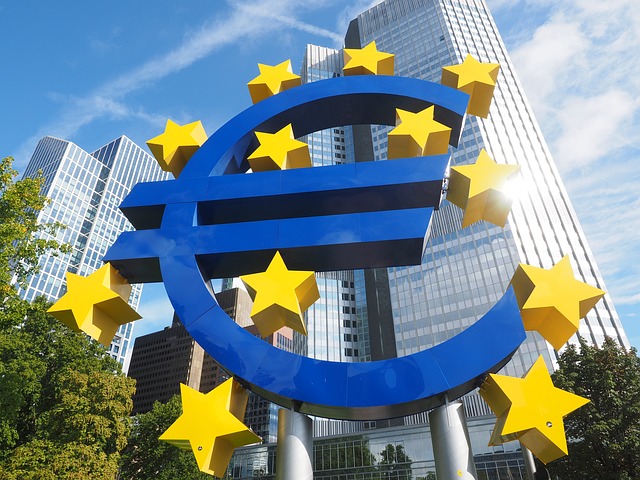
- Major central banks are now starting to diverge on monetary policy, with the Anglo-centric world looking to tightening while Japan and Europe stay the course of liquidity provision
- Investors must expect only volatility moving forward as central banks remove both quantitative easing and lift rates at the same time – the risk of policy missteps is higher than ever
As any scientist will attest, with any experiment, isolating variables is crucial in determining their specific influence on the outcome.
Consequently, the more variables that a researcher moves with respect to the experiment, the more it becomes unclear which variable exerted what influence on the results.
Yet that is precisely what major central banks in the Anglo-centric world appear intent on doing.
Last week, U.S. Federal Reserve Chairman Jerome Powell indicated that the world’s foremost central bank would be raising rates and stop adding to its massive stockpile of bonds by early March.
The Bank of Canada also signaled it would tighten monetary policy in the coming weeks, having already ended its asset purchases in October last year.
Expectations are that the Bank of England will lift rates this week and it has also indicated that it will start shrinking its portfolio of gilts while the Reserve Bank of Australia is widely projected to announce an end to its bond-buying program when it meets this Tuesday.
Bloomberg Economics expects the Group of Seven or G-7 central banks will add just US$330 billion to their balance sheets this year, a massive drop from the US$8 trillion added during the pandemic in a bid to east markets, contain borrowing costs and spur demand and risk-taking.
Shifting one or two variables is one thing, but in a bid to ebb the rising tide of inflation, G-7 central bankers may have swung to the opposite extreme and the results of this monetary experiment are now more unpredictable than ever before.
Get it right and an exit from quantitative easing (a term deliberately meant to obfuscate what is essentially a money-printing Ponzi scheme) could help central banks get on top of rising inflation and ease the political pressures that rising prices ignites.
But get it wrong, and the process of yanking the cord could end up roiling markets, cutting off the flow of credit to consumers and businesses, denting confidence and consumption and collapsing their national and by extension, global economy.
There is of course a “get out of Jail free card” in the latter scenario – if things get bad enough, G-7 central banks can simply whip out the quantitative easing trump card and slash rates and get going again.
But the destructive boom and bust cycles that are a necessary corollary to these monetary experiments will wrought hardship on most ordinary citizens, and ought best be avoided.
In these circumstances, letting asset bubbles (of which there are many), inflate a little longer may be the lesser of the two evils than to risk tanking the global economy just as it’s on the mend.
Bearing in mind that economic data is a lagging indicator, G-7 central bankers may be working off old maps when the terrain beneath their feet may have already shifted from under them.
There are signs at least that one central banker recognizes this – U.S. Federal Reserve Chairman Jerome Powell used the term “nimbleness” when it came to central bank policy.
And that’s because more so than at any point in the past, flexibility is needed, given the unprecedented situation past and the even more uncertain one ahead.
Unfortunately for investors, “nimbleness” is not what they may be looking for when it comes to planning out portfolios that are intended to provide comfort not just in the present, but for years to come.
Cash or commodities? Equities or bonds? These are all decisions that need to be made with consequences felt only years or decades down the line.
And that’s why volatility in all asset markets is likely to only increase as opposed to decrease.
Even so-called market-neutral strategies that playoff volatility could get whipsawed because of sudden directional changes that knock-out stop losses and profit-taking levels, with muted gains or regular small losses a genuine possibility.
It’s no wonder then that so many investors are choosing to remain in cash, with the dollar soaring as a consequence.



